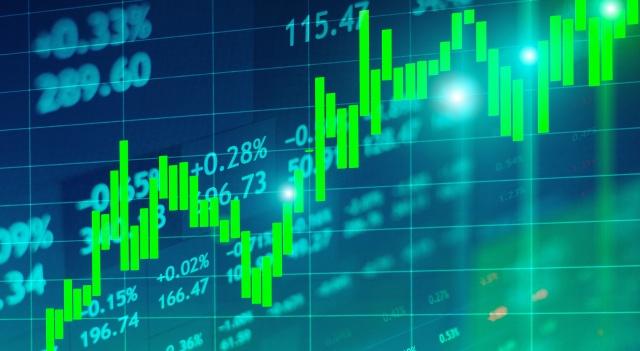US index futures point to a higher opening this Friday, as investors await new inflation data and look forward to closing a positive quarter for stocks. In the first half of the year, the Nasdaq Composite is on track for a 19% increase, driven by excitement around artificial intelligence. The S&P 500 has gained nearly 15%, while the Dow Jones is up just under 4%.
At 6:10 AM, Dow Jones futures (DOWI:DJI) rose 24 points, or 0.06%. S&P 500 futures advanced 0.34%, and Nasdaq-100 futures gained 0.44%. The yield on the 10-year Treasury note stood at 4.31%.
In the commodities market, West Texas Intermediate crude for August rose 0.81% to $82.40 per barrel. Brent crude for October rose 0.75% to near $85.07 per barrel. The most traded iron ore contract on the Dalian Commodity Exchange (DCE) fell 0.18% to $113.57 per metric ton. Benchmark iron ore for August (SZZFQ4) on the Singapore Exchange rose 1.09% to $106.4 per ton.
The U.S. economic indicators agenda for Friday starts at 8:30 AM with the PCE index, which measures individual spending, as well as personal income and spending data for May to be published by the Commerce Department. Economists polled by Dow Jones expect a 0.1% month-over-month increase. Annually, they predict a 2.6% gain. At 10:00 AM, the revised reading of the Michigan/Reuters consumer sentiment index for June will be published by the University of Michigan and Thomson Reuters.
Asia-Pacific markets closed higher on Friday, driven by positive economic data from Japan. The Topix index reached its highest level in 34 years, while the Japanese yen fell to a new 38-year low against the dollar. Inflation in Tokyo rose to 2.3% in June, while core inflation increased to 2.1%. Japan’s industrial production grew 2.8% monthly in May, exceeding expectations, and recorded an annual increase of 0.3%. South Korea’s retail sales fell 0.2% in May, less than the 0.8% drop in April, marking two consecutive months of declines since July 2023.
Japan’s Nikkei 225 index rose 0.64%, while the Topix advanced 0.57%. In South Korea, the Kospi increased by 0.49%, and the Kosdaq rose 0.21%. Hong Kong’s Hang Seng climbed 0.36%, while Australia’s S&P/ASX 200 increased by 0.1%. The CSI 300 of mainland China gained 0.22%, while the Shanghai Composite rose 0.73%.
European markets are predominantly higher, with investors awaiting inflation data from the Eurozone and the US. The Stoxx 600 index rose, with most sectors in the green. Oil and gas stocks led the gains, while domestic consumer goods fell. Inflation data from France, Italy, and Spain, as well as unemployment and retail sales data from Germany, are awaited.
With the French parliamentary election approaching, a victory for the far right seems increasingly likely. Polls indicate that Marine Le Pen’s National Rally and its allies could secure 36% of the vote, signaling growing support for their Eurosceptic and anti-immigration agenda. Investors are concerned about possible economic and political consequences of this shift.
On Thursday, investors were reluctant to make significant moves before the release of PCE data, and US stocks closed with modest gains. The Dow Jones rose 36.25 points, or 0.09%, to 39,164.06 points, the S&P 500 increased 4.97 points, or 0.09%, to 5,482.87 points, and the Nasdaq added 53.53 points, or 0.30%, to 17,858.68 points.
Yesterday, the US Department of Labor reported a larger-than-expected drop in initial jobless claims, reaching 233,000. The Commerce Department revealed an unexpected 0.1% increase in durable goods orders in May. Among sectors, computer hardware networks stood out, with the NYSE Arca Computer Hardware Index rising 1.3%. The semiconductor sector was impacted by a drop in shares of Micron Technology (NASDAQ:MU), which fell 7.1%. Micron issued an outlook in line with estimates despite strong third-quarter results.
In the Biden-Trump political debate, several major Democratic Party fundraisers are alarmed after Joe Biden’s disappointing performance. Biden’s response was seen as weak and confused, with repeated moments of hesitation and pauses, worrying donors.
